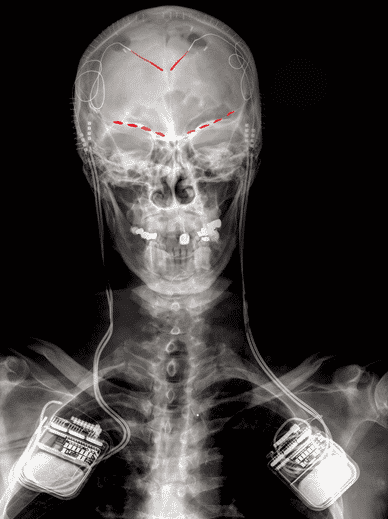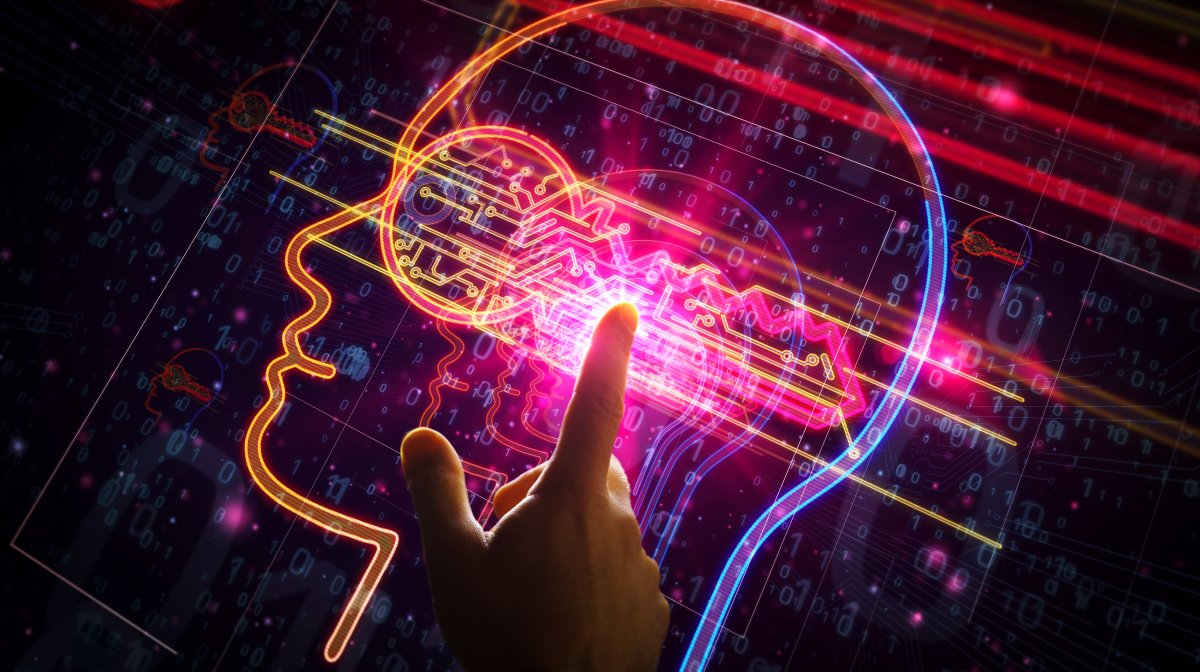Brain signals can be used to determine how severe a person’s pain is. According to a new study, this could revolutionize the treatment of certain chronic pain conditions.
The study, published in Nature Neuroscience, is the first to record a person’s brain signals associated with chronic pain. This possibility could lead to the development of personalized therapies targeting the most severe forms of pain.
When chronic pain interferes with life
Chronic pain, defined as pain lasting three months or more, affects up to one in five people in the US — more than diabetes, high blood pressure, or depression. Sometimes it also affects people after a stroke or limb amputation. However, since it is still unclear how this pain affects the brain, it is also very difficult to treat. The quality of life of those affected can be severely impaired.
Researchers at the University of California, San Francisco implanted electrodes in the brains of four people with chronic pain. The patients then answered surveys about the severity of their pain several times a day for a period of three to six months. After completing each questionnaire, they sat still for 30 seconds to allow the electrodes to record their brain activity. This helped the researchers identify chronic pain biomarkers in the brain’s signaling patterns that are as unique to an individual as a fingerprint.

US researchers implanted electrodes in the brains of four people with chronic pain to discover individual biomarkers of pain levels.
(Picture: Prasad Shirvalkar)
The researchers then used machine learning to model the survey results. They found they could successfully predict how patients would rate the severity of their pain by examining their brain activity, says Prasad Shirvalkar, one of the study’s authors.
“The hope is that now that we know where these signals live, and now that we know what kind of signals to look for, we can actually try to track them noninvasively,” he says. “If we can recruit more patients or better characterize how these signals vary between people, maybe we can use them for diagnosis.”
Localizing biomarkers for chronic pain in the brain
The researchers also found that they were able to distinguish a patient’s chronic pain from acute pain intentionally inflicted with a heat probe. The chronic pain signals came from a different part of the brain, the orbitofrontal cortex located in the frontal lobe, suggesting that it’s not just a prolonged version of the acute pain, but something else entirely.

The crux is that everyone experiences pain in different ways. As such, there is no one-size-fits-all approach to combating them – which has proven to be a major challenge in the past. The team hopes that mapping individual biomarkers will enable more targeted therapeutic use of electrical brain stimulation. A customized and controllable treatment, which Shirvalkar likens to regulating room temperature with a thermostat: “A thermostat is feedback-controlled heating. We’re trying to build a model that will serve as a thermostat to control electronic stimulation for pain relief.”
The results could represent a major leap forward in pain management, particularly useful in treating people with chronic pain who have trouble communicating, says Ben Seymour, a professor of clinical neuroscience at the University of Oxford who is not involved in the project was.
“This opens a new door to smart pain technologies and I think this is a really important technical hurdle that has now been cleared,” said Seymour. It also shows how personally people feel about pain and the importance of tailoring treatments to each person, Shirvalkar adds.
“It’s clear that pain is so complex – and that individuals are so complex – that the only way to really listen to them and see them is to let them tell their side of the story,” he says.

(jl)
